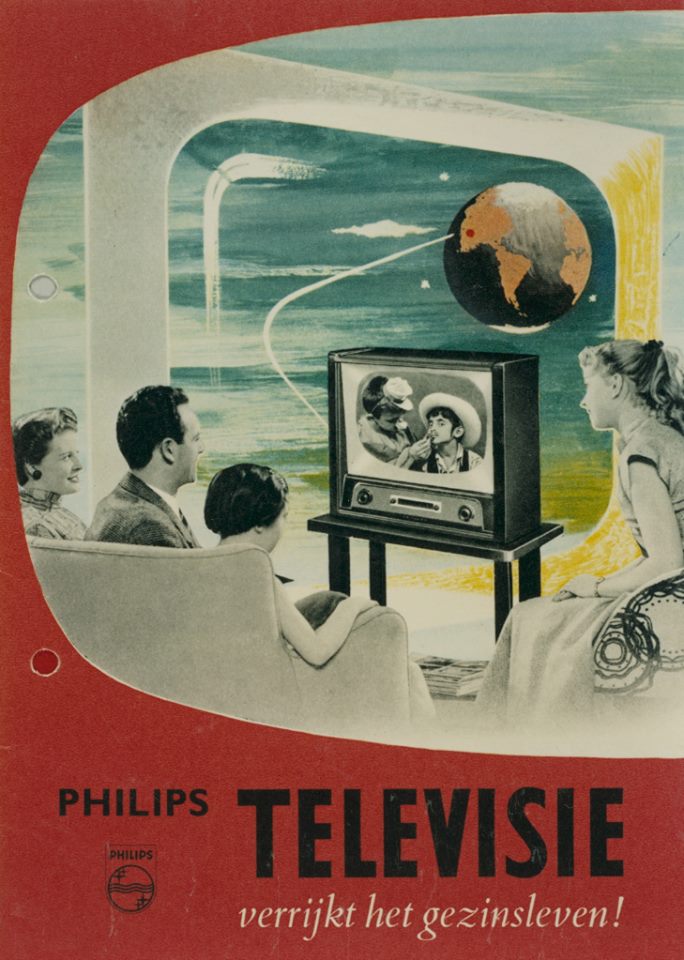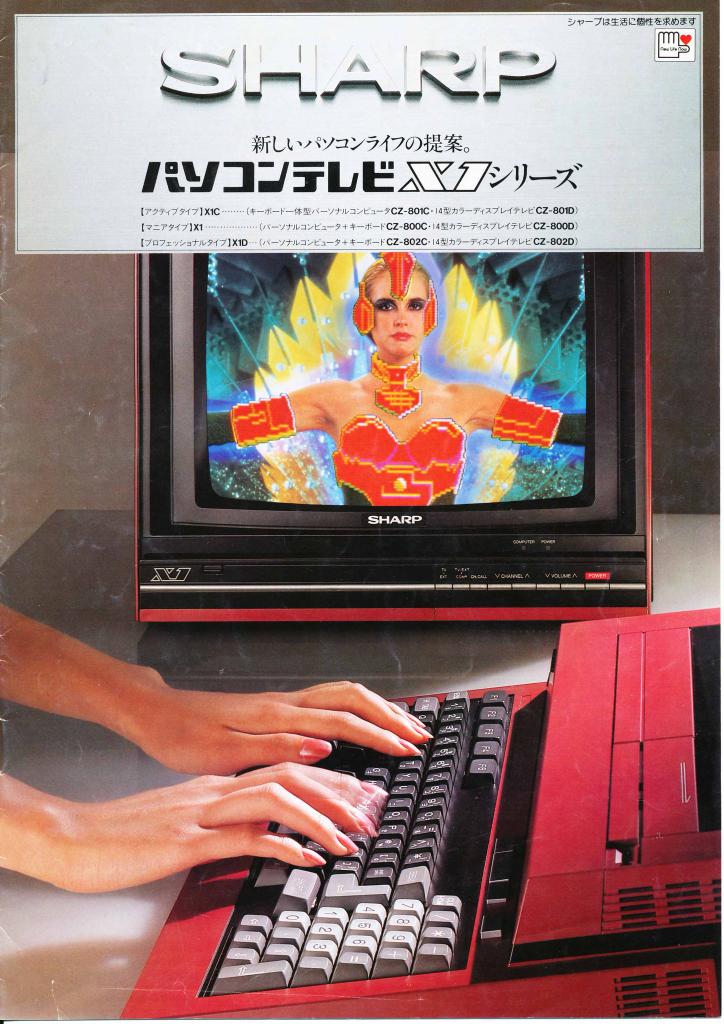
Today in pulp: a cautionary tale of trying to shoehorn fiction into a standard formula. It never really works.
This is the story of Laser Books…
This is the story of Laser Books…

Roger Elwood started out editing wrestling magazines in the early 1970s, until he became bored and turned his attention to sci-fi. He became a prodigious producer of anthologies, editing over 40 in 1973-74. 





And in 1974 Elwood began discussions with Canadian publisher Harlequin, about a new line of science fiction books. Harlequin had toyed with sci-fi in the 1950s but was best known for publishing formulaic romance fiction 



Harlequin wanted its sci-fi titles to follow the same formula as its romance novels: a set number issued each month by subscription or in-store, 50,000-60,000 words long, with no swearing, blasphemy or explicit sex. Elwood agreed to comply. 

Laser Books was chosen as the imprint’s title and Frank Kelly Freas was commissioned to paint all the covers to a standard template. The books would also be sequentially numbered, even though they were not a linked series. Harlequin was serious about following a formula. 



Laser Books launched in August 1975 with Renegades of Time, by Raymond F Jones - the famed author of This Island Earth. ‘Renegades’ was very different; a time-travel adventure light on science or drama. That’s the style Harlequin was looking for. 

Laser Books published three new titles each month from 1975 to 1977, and advertised for subscribers in magazines and on TV. Subscribed also received a free gift; a ‘Limited Collector’s Edition’ copy of Seeds of Change by Thomas F. Monteleone, not available in any shops. 



The literary quality of Laser Books was so-so, but it did publish K.W. Jeter’s debut novel Seeklight, as well as work by Ray Nelson, Tim Powers and Dean R Koontz (writing as Aaron Wolfe) 







However not all authors were happy with Roger Elwood’s editing or Harlequin’s strict content rules. Tim Powers thought they ‘mangled’ his novel Epitaph in Rust, and Piers Anthony was unhappy with the treatment of his story But What On Earth? 



It’s noticeable that Roger Elwood’s name became less prominent on the cover of Laser Books as time went on: moving from ‘Series Editor’ to ‘General Editor’ before dropping off the cover altogether in 1976. 





Harlequin pulled the plug on Laser Books in February 1977, and the rights to the stories reverted to the authors. Many were reissued by other publishers – often after the authors had removed all traces of Elwood’s editing. 



Laser Books is now a half-forgotten curio, but it did provide a good start for a number of writers. And if you like collecting there is something moreish about trying to bag all 58 titles. Good luck if you try it!
More stories another time…
More stories another time…

• • •
Missing some Tweet in this thread? You can try to
force a refresh






















